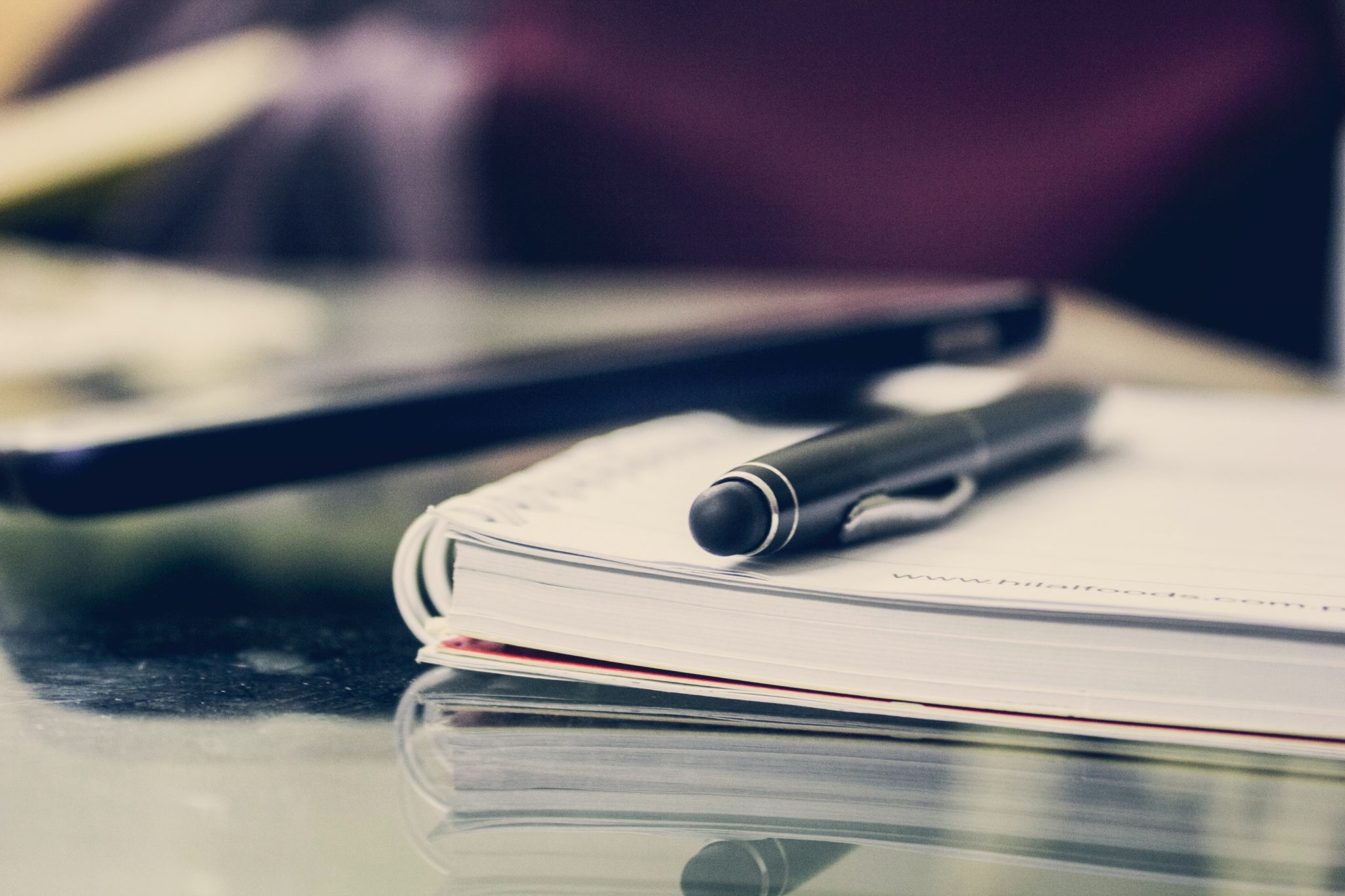Written by: Barbara O’Neill, Ph.D., CFP®, AFC®, Martie Gillen, Ph.D., MBA, AFC®, CFLE and Nichole Huff, Ph.D., CFLE
To be an effective financial educator, your work should be informed by personal finance research. Below are findings and implications from three recent studies on economic well-being, financial literacy, and using “Buy Now Pay Later” plans to pay for groceries:
Economic Well-Being
The annual Federal Reserve Survey of Household Economics and Decisionmaking (SHED), fielded in October 2022, found a decline in Americans’ financial well-being as high inflation eroded savings and earnings. The share of adults who said they were worse off financially versus a year earlier rose to 35%, the highest level since this question was first asked in 2014. Less than two-thirds of respondents (63%) said they could cover a $400 emergency expense using cash or liquid assets (versus 68% in 2021) and only 31% of non-retirees thought their retirement savings plan was on track (versus 40% in 2021).
Implications: Weakened family finances are cause for concern. This study provides evidence of a recent decline in Americans’ financial well-being as pandemic-related government assistance went away and inflation eroded household purchasing power. Given these concerns, financial practitioners can assist clients with information about inflation-fighting strategies, like those found in the OneOp webinar, Helping Clients Inflation-Proof Their Budget.
Financial Literacy
The 7th annual TIAA Institute-GFLEC Personal Finance Index found that U.S. adults continue to have generally poor financial literacy (score of 48%), especially in the realm of comprehending risk. Blacks and Hispanics have lower financial literacy than Asians and Whites. Further, Gen Z has the lowest score among generations, followed by Millennials. Financial literacy among women lagged behind that of men. Consistent with SHED survey results, there was an increase in the share of adults who found it difficult to make ends meet (24% to 30%) and cover one month of living expenses (32% to 39%).
Implications: Like the SHED study, indications of decreased financial well-being cause concern. Results of the survey also clearly indicated that greater financial literacy is generally associated with greater financial well-being. This underscores the need for financial education, particularly for minority populations, young adults, and women. Find OneOp resources on understanding how family service providers can better navigate the social justice landscape.
BNPL for Groceries
A March 2023 survey (N =2,044) by LendingTree found that 27% of Buy Now, Pay Later (BNPL) users used these loans to bridge their next paycheck. More than 1 in 5 (21%) used BNPL to buy groceries (a.k.a., “eat now, pay later”) and 40% paid late on a BNPL purchase. Almost half (46%) of Americans say they’ve used a BNPL service, up from 31% in 2021. The biggest BNPL users are Gen Z (65%) and Millennials (55%).
Implications: Survey results are concerning. BNPL started out as a way to finance discretionary expenses (e.g., clothing, home décor) or one-time, big-ticket purchases (e.g., laptop computer); however, BNPL is now being used to fund essential living expenses such as groceries. This provides evidence that inflation has made it harder for Americans to make ends meet. For more information about using BNPL, read Should You Buy Now and Pay Later? by the Department of Defense’s Office of Financial Readiness.
References
Economic well-being of U.S. households in 2022 (2023). Washington, DC: Board of Governors of the Federal Reserve System. https://www.federalreserve.gov/publications/files/2022-report-economic-well-being-us-households-202305.pdf
Yakoboski, P.J., Lusardi, A., & Hasler (2023). Financial well-being and literacy in a high-inflation environment. TIAA Institute and Global Financial Literacy Excellence Center. https://gflec.org/wp-content/uploads/2023/04/2023-P-Fin-Index-report-TIAA-Inst-and-GFLEC-Apr-2023.pdf
Schiulz, M. (2023) Americans using BNPL to make ends meet, with 27% of users bridging paycheck gaps and 21% buying groceries. Lending Tree. https://www.lendingtree.com/personal/bnpl-ends-meet-survey/
Credit: mohammad-danish/pexels













